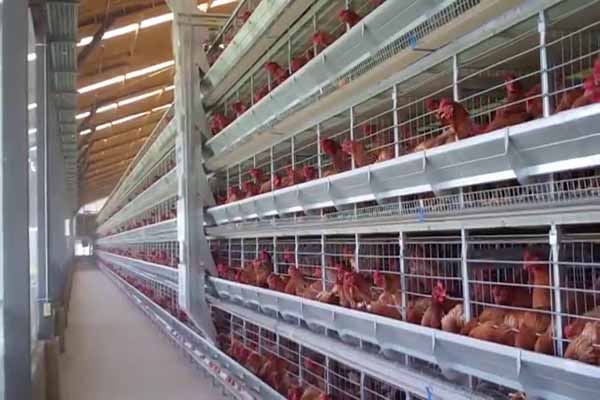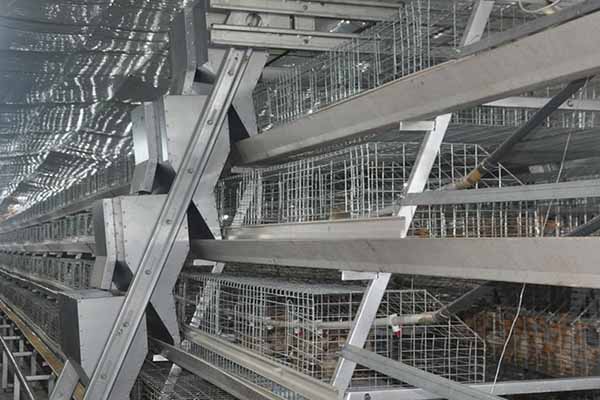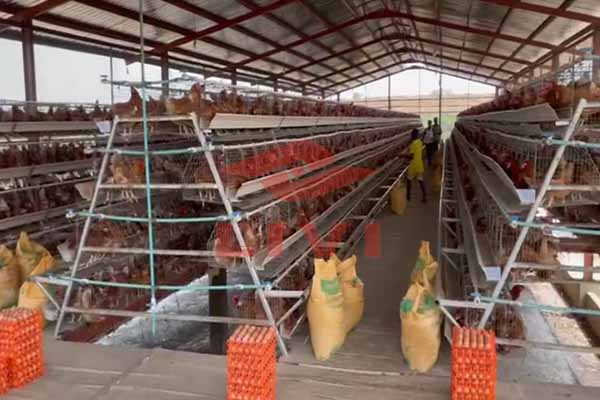
Poultry farms worldwide increasingly rely on automated equipment to enhance operational efficiency and optimize productivity. However, equipment malfunctions remain a major bottleneck, causing unexpected downtime and financial losses. For instance, industry reports indicate that unplanned equipment failures can reduce overall farm productivity by 15-20%, jeopardizing supply chains and profitability. Understanding typical equipment faults and their solutions is crucial for farm managers seeking to improve uptime and maintain consistent egg production.
The core challenge in modern poultry farming lies in balancing high stocking density with welfare standards, while minimizing manual labor. Equipment such as automated feeders, drinkers, ventilation, and egg collection systems serve as the backbone. Failure in any subsystem — especially in egg-laying cages — may lead to production bottlenecks. Data collected from multiple poultry farms demonstrate that farms deploying high-quality automated caging systems achieve up to 25% higher daily egg output compared to conventional setups.
Optimal operation starts with comprehensive training on equipment usage to avoid common human errors. Prevention strategies include daily inspections, scheduled lubrication, and prompt replacement of worn components such as conveyor belts, motors, and sensors. For automated feeders, consistent calibration reduces blockages and feed wastage by approximately 12%. Maintenance logs should document frequency, performed tasks, and parts replaced to identify recurrent issues and guide predictive maintenance.
Thoughtful spatial planning can greatly reduce operational friction. Automated systems require easy access for maintenance and efficient workflow for staff and birds alike. For example, adoption of vertically stacked H-type layer chicken cages maximizes space, enabling a denser population without compromising bird comfort. Studies show these configurations can increase usable farm space by up to 40%, supporting scalability with less physical footprint.

Regular checks are indispensable for early detection of malfunction signs. Key components include:
Documentation of these inspections not only supports operational transparency but also facilitates warranty claims and supports aftersales service.
Consider the poultry farm in Zambia managing 50,000 laying hens utilizing Livi Machinery's H-type layer cages. Within six months of installation, the farm saw:
| Performance Metric | Improvement |
|---|---|
| Egg production rate | +18% |
| Downtime due to equipment failure | -35% |
| Feed conversion ratio | Improved by 10% |
This transformation was possible due to the cage system’s robust design, better airflow, ease of cleaning, and integration with automated feeding mechanisms. Farm managers reported simpler maintenance routines and fewer unexpected breakdowns.

Livi Machinery’s innovative H-type layer cages offer several competitive advantages:
These features collectively reduce downtime and operational cost, directly improving farm profitability and sustainability.

Ready to reduce downtime and elevate your egg production? Discover how our H-type layer cages transform poultry farming with innovative design and durable quality. Partner with Livi Machinery now and unlock your farm’s full potential.
Contact Us Today
